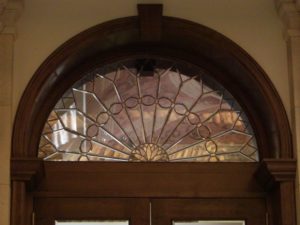 I’m decidedly biased in this statement but I’ll say it anyway. Wood is beautiful. Natural wood mouldings make an incredible statement in any home. I think many will agree with me as we are seeing an increase in millwork jobs and the design styles in vogue are starting to feature more natural wood. The issue however is that for several decades the growth of composite and engineered materials made many forget that wood is grown not made. You cannot always get the sizes and exact color match that you get with an engineered product. An intimate understanding of the lumber industry is often required to ensure the mouldings and designs in your head or on paper are achievable in the real world.
I’m decidedly biased in this statement but I’ll say it anyway. Wood is beautiful. Natural wood mouldings make an incredible statement in any home. I think many will agree with me as we are seeing an increase in millwork jobs and the design styles in vogue are starting to feature more natural wood. The issue however is that for several decades the growth of composite and engineered materials made many forget that wood is grown not made. You cannot always get the sizes and exact color match that you get with an engineered product. An intimate understanding of the lumber industry is often required to ensure the mouldings and designs in your head or on paper are achievable in the real world.
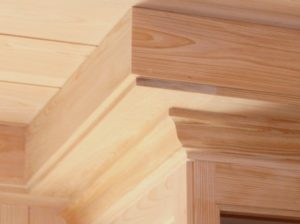 Value engineering is a term that gets thrown around a bit in the construction industry and it refers to the practice of designing things like moulding size with wood species limitations in mind. For example, 10 inch wide baseboard mouldings in Mahogany are possible but will be significantly more expensive than an 8 inch wide moulding due to sawing practices and the time required to cull the 10″ material from a much larger pack of average 6-8 inch Mahogany. In the long run, will the extra 2 inches be noticed or missed from the finished baseboard? Is that 2 inches worth the exponential increase in cost to the customer? The savvy architect or designer will recognize these opportunities and re-engineer a specification to add greater value to their client.
Value engineering is a term that gets thrown around a bit in the construction industry and it refers to the practice of designing things like moulding size with wood species limitations in mind. For example, 10 inch wide baseboard mouldings in Mahogany are possible but will be significantly more expensive than an 8 inch wide moulding due to sawing practices and the time required to cull the 10″ material from a much larger pack of average 6-8 inch Mahogany. In the long run, will the extra 2 inches be noticed or missed from the finished baseboard? Is that 2 inches worth the exponential increase in cost to the customer? The savvy architect or designer will recognize these opportunities and re-engineer a specification to add greater value to their client.
Color Matching Your Mouldings
The biggest issue we encounter is color matching. Large runs of mouldings, flooring and paneling are bound to have color variation throughout. If the initial blue prints call for single piece crown moulding for a 20 foot span, this may be possible but it will require sorting of a significant amount of lumber to get those lengths. Once you find all the pieces necessary you find that none of the color is the same because you now have lumber from 7 or 8 different logs. 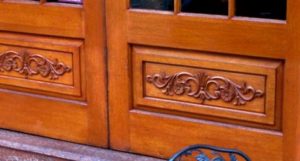 Each log can only yield so much long and/or wide lumber so it is guaranteed that several logs will be needed to meet the design specification. For exotics species, regulations prohibit the import of logs in the US so the lumber supplier has very little control over the variety of color present in a container of lumber thus compounding this issue even further. In other words, making the transition from wood sample or “swatch” to the finished room is a very big leap and the savvy designer will be aware of the extreme difficulty in getting everything to match perfectly. These designers plan on incorporating a stain to unify everything or barring this, they specify a wood that have a more uniform color and grain pattern that can be more easily matched.
Each log can only yield so much long and/or wide lumber so it is guaranteed that several logs will be needed to meet the design specification. For exotics species, regulations prohibit the import of logs in the US so the lumber supplier has very little control over the variety of color present in a container of lumber thus compounding this issue even further. In other words, making the transition from wood sample or “swatch” to the finished room is a very big leap and the savvy designer will be aware of the extreme difficulty in getting everything to match perfectly. These designers plan on incorporating a stain to unify everything or barring this, they specify a wood that have a more uniform color and grain pattern that can be more easily matched.
Millwork Involves Many Players
Ultimately with so many variables in play with a naturally grown building product, the builder, architect, and designer need to communicate with their lumber supplier or millwork house to let them know which elements are most important to realize the vision. The lumber expert can identify pitfalls and make suggestions that will make the design possible and sometimes more affordable. It is the inconsistencies that come with using wood that truly make it so beautiful, and by working together with our customers we can make beautiful ideas a reality.

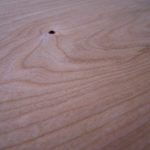

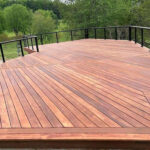
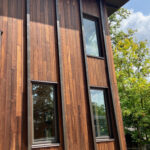
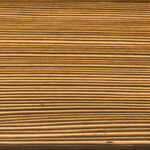
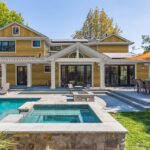


Leave a Reply